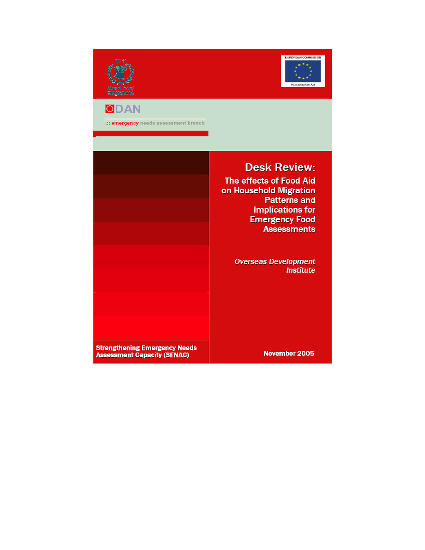
This paper examines migration as it is practiced by people not only as a result of a crisis, but
also as a strategy to reduce vulnerability and to maximise income prior to or during a crisis.
In some cases, households or individuals may decide to migrate to areas where they can
obtain employment, natural resources or other sources of income to help reduce the impact of
the crisis. In others, people may decide to migrate to places where food aid or another type of
assistance is available. Often, migration is as much about finding protection, safety and
security as it is about taking advantage of available assistance. Access to food aid or other
forms of assistance is seldom the only determinant in people’s decisions about where to
move during crisis, and it is important that assessments maintain a realistic view of the
relative importance of relief aid within the survival strategies of disaster-affected
populations.
